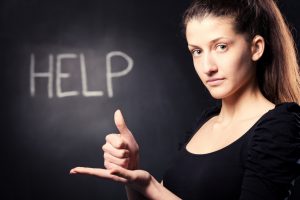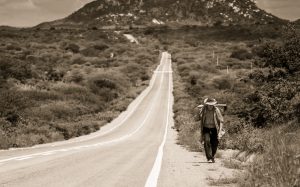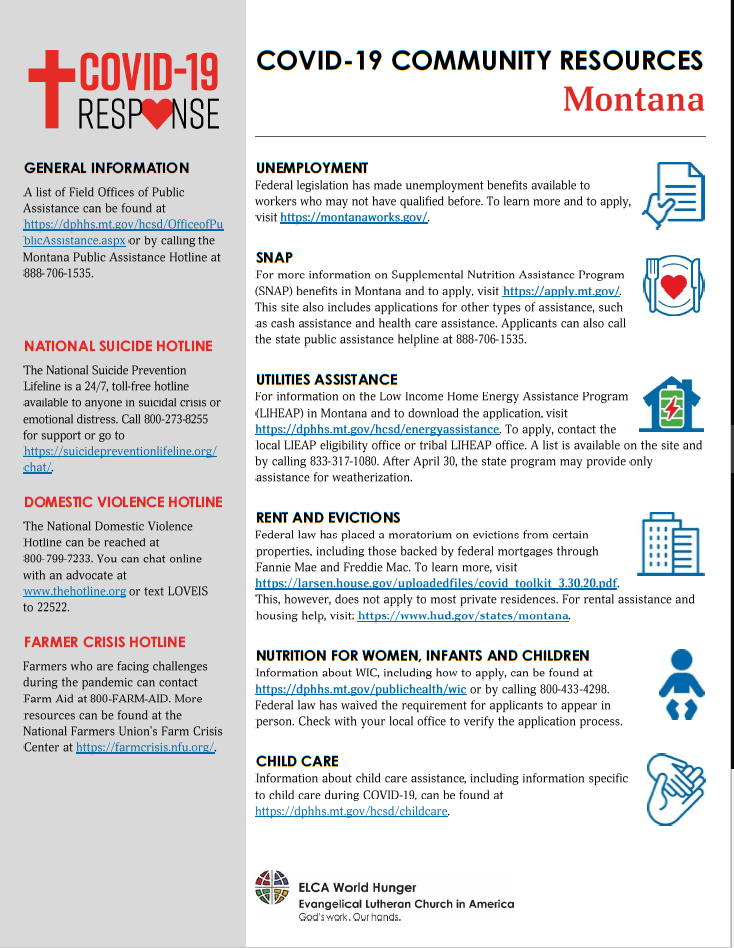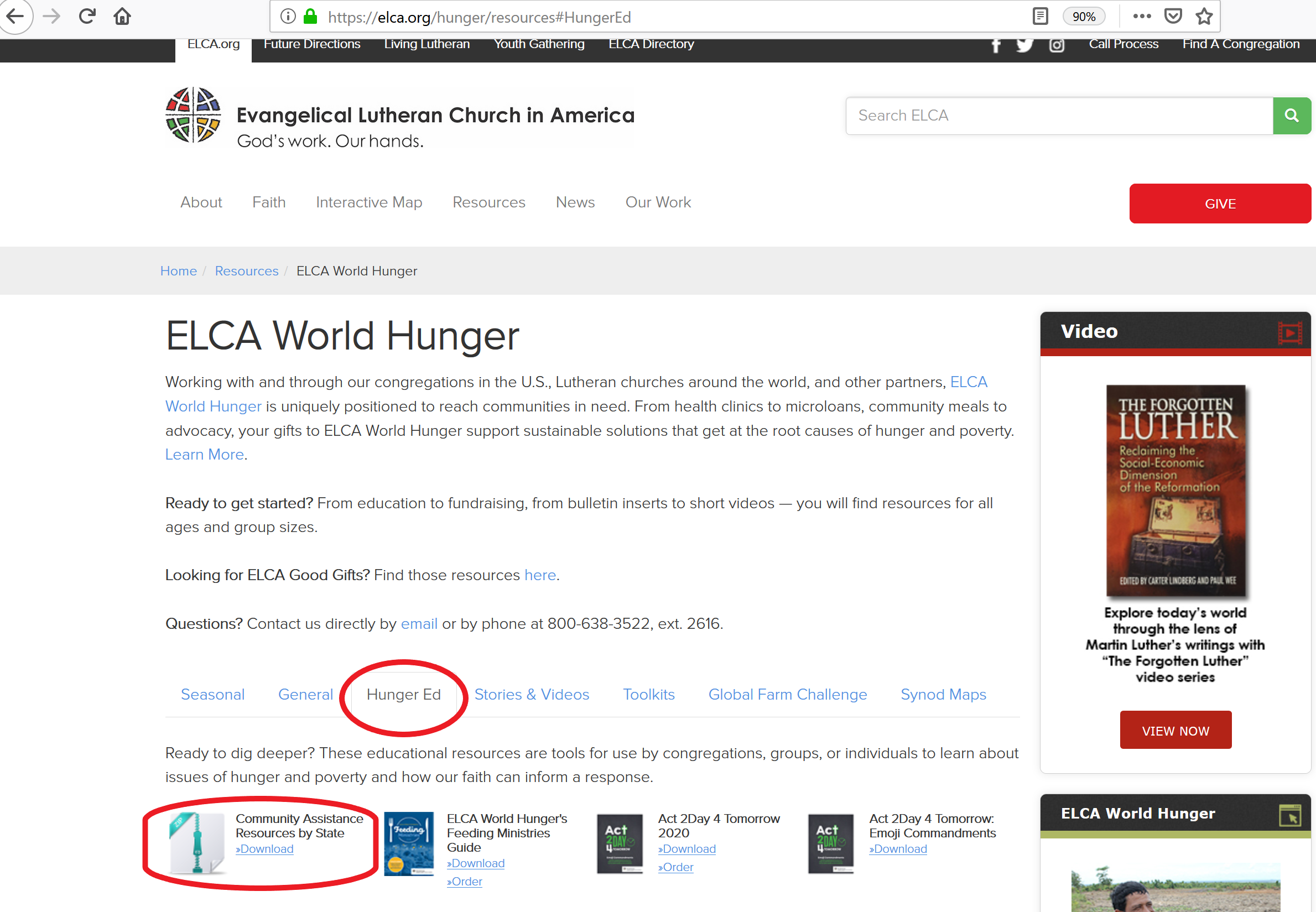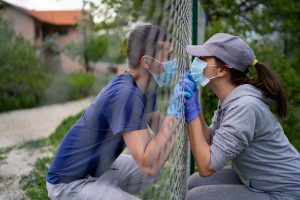Dave Delaney, Salem, VA
Warm-up Questions
- What a time to be talking about the effect of the wind and the effect of breath! As the spring has gone on, we’ve learned that the virus that is currently dominating our lives is primarily spread through vapor that comes from our mouths. Have you mostly ignored that, or have you started to think about how connected we are to others through our breath? We have had to come to terms with a somewhat unpleasant truth – that when we’re in an enclosed space with other people, we will invariably breathe each other’s air. If it’s carried by a slight wind, like air conditioning, the effect is even amplified. Medical science has always known this, of course, which is why surgical masks are worn. We are connected by air / breath / spirit whether we like it or not! What do we each owe to those around us in helping to safeguard their health?
- When you see something that’s just plain baffling, what is your usual reaction? Imagine seeing strange lights in the sky or a really clever optical illusion (like Zach King’s short videos), or even a person you know acting completely out of character. Do you usually try to come up with an explanation that fits the normal way things work? Or do you take time just to enjoy the novelty of the experience? Or does it freak you out in some way? When something extraordinary happens, do you think about the possibility of that being God’s work?
- We have come to the end of the Easter season. In these scary and frustrating times, what were some of your greatest joys over the last seven weeks? How did you notice or give witness to the reality of Christ’s resurrection in your life and your world during the Easter season?
Love in Many Tongues
A recent news story emphasizes the importance of interpreters in the dealing with the current pandemic. In a place such as New York City, where more than 800 languages are spoken, one can only imagine how hard it must be to make sure someone with any medical emergency can provide a description of their condition, as well as receive understandable instructions. If we add to that the restrictions that accompany our current reality, where an interpreter might not even be in the same room to provide a sense of comfort to a disoriented or otherwise distraught patient, or where the patient may not even be able to speak due to medical apparatus, the task of sending and receiving clear messages in the patient’s own language becomes overwhelming.
In addition, while the wholesale introduction of new technology into medical care can make a positive difference for the patient, there have also been unexpected effects on the interpreters, bad as well as good. Health care interpreter Helen Sweeney says of a recent patient, “We just kind of had him do like a thumbs up or thumbs down for ‘yes’ or ‘no.’ And we just simplified the communication.” Her story – communicating remotely by screen and having to improvise on the spot – sounds at first like a grand success for the kind of creativity and commitment that would make these interpreters even more “essential” – to the point of life and death!
But interpreters have also had trouble maintaining their revenue in the face of technology and other struggles associated with the pandemic. So-called “tele-health” practices do not provide the same income for these interpreters as does on-site interpretation. Since this could easily become the norm rather than the exception, even after the pandemic passes, analysts wonder whether this will affect the availability of good interpretive services for the most vulnerable patients.
In addition to the doctor-patient interaction, interpreters are often the only ones who can also communicate the condition of a patient to their family members, or even inform them that the patient has sadly died. Helen Sweeney has, however, managed to preserve some very human elements of these somewhat impersonal screen-based translation encounters. She describes a call with an older, Russian-speaking woman who was stressed about her health care and had symptoms of COVID19. Later, Helen ended up being put back on the call with the same woman, who she says remembered her instantly. “It’s very rarely that you’re interpreting for someone in a very dark situation, and then you’re able to catch them again,” said Sweeney. “She recognized me, not by my face, but by my voice.”
Discussion Questions
- For anyone who has studied a language other than the one spoken in their home, what are the most difficult kinds of things to communicate to someone in your second language?
- What would you be feeling if you were in a setting where no one spoke your native language and you had an emergency? What then would be the further effect on you if someone suddenly appeared who knew your language perfectly and was willing to help?
- Medical interpreter Helen Sweeney notes that a recent patient recognized her not by her appearance but by her voice. What are some things that are distinctive about *your* voice that you think would help someone recognize you? In your life, whose voice is the most recognizable and what are the key signals that help you know that voice? Are there voices that just by hearing them they provide more anxiety than relief or joy? Who has the most comforting voice you know, regardless of what they’re saying? Whose voice most inspires you?
Day of Pentecost
(Text links are to Oremus Bible Browser. Oremus Bible Browser is not affiliated with or supported by the Evangelical Lutheran Church in America. You can find the calendar of readings for Year A at Lectionary Readings.)
For lectionary humor and insight, check the weekly comic Agnus Day.
Gospel Reflection
Although Acts 2 is not the gospel reading for the day, it is the centerpiece reading for The Day of Pentecost. Some phrases may jump out at us right now because of the restrictions surrounding the pandemic: “…they were all together in one place…” “… at this, the crowd gathered…” – things we cannot quite do as the church yet!
The words describing the reaction of the crowd also feel familiar: bewildered, amazed, astonished, perplexed, sneering, and so on. These gathered visitors in Jerusalem would never have seen anything like this before and did not know whether to be terrified or excited. They did not think about this as possibly God’s work, until Peter informed them. The spoken word of the gospel had to accompany the experience they were having, which remains true throughout the book of Acts. Over and over again, the apostles have to awaken their listeners to the activity of God among them in the midst of a confusing experience.
As if to address the confusion head on, the nations and languages represented indicate the church’s view that this movement of the Spirit was to be a worldwide phenomenon! In the same way that the current virus has tragically spread to nearly every part of the world in a short time, so the gospel was to be proclaimed throughout every nation. Peter’s sermon goes on to cast the same very broad vision later articulated by St. Paul in Galatians 3:28, that none of the human distinctions we observe – heritage, sex, age, etc. – matter when God’s Spirit is poured out.
Discussion Questions
- We may find “tongues of fire” to be a surprising, even weird, image for the presence of the Holy Spirit. We’re used to the dove and the wind. Fire is also a dangerous image to dwell on, because whenever we hear of fire in the news, it’s almost always destructive or tragic. But one of the characteristics of fire is that it can spread. Once our tongues are set on fire with the gospel, our minds can be set on fire for God’s good news and our vocation as evangelists. We become urgent in prayer, eager to study God’s Word, and alert to those who may need to hear that good news. Who are the people in your congregation or our youth group who have this fire? Can we spread some of that fire ourselves by identifying just three people in our own lives who would welcome a word of God’s gospel?
- Notice that, even though Peter alone gives the sermon, this pouring out of the Spirit only happens once the disciples are together! God could certainly have sent this inspiration and heavenly power to each of them as individuals, wherever they were, but something more powerful happens when they are gathered. We are currently praying that we will be able to be more and more together as the coming weeks and months pass. When that starts to happen, how can we best watch for the Spirit of God to motivate each of us in ways we might not notice if we are by ourselves?
- The disciples of Jesus lived in a time when it was presumed that young people, people from other lands, and especially non-males would have no role in any work that God was doing in the world. Peter’s sermon quotes the prophet Joel stating emphatically that this will not be the case with the outpouring of God’s Spirit. How do you as a young person or as someone without a privileged position in the world claim that promise of God for yourself? What are some situations where you could speak a word of God’s love and good news as a fully authorized and Spirit-empowered disciple of Jesus? How do those of us who are in privileged positions repent from prejudices that make us suppress or ignore the voices of others?
Activity Suggestions
- On Pentecost Sunday, many congregations feature the reading of Acts 2 in multiple languages – often at the same time! – to create the sense of the attention-grabbing sound that the crowd heard on that first Pentecost. Whether your group is meeting in-person or online, you can approximate that just by using your congregation’s native language and have everyone read the same passage at their own pace, not trying to stay together. Especially if it’s an online experience, the confusion will be very apparent! Then have just one person read the sermon from Peter (vss. 17-21) and notice the contrast. In our daily lives, what kind of speaker or message does it take for all of the rest of us to be quiet and listen, not because we’re expected to, but because we do not want to miss what is being said?
- We often think of Pentecost as just one day, but it is a whole season of the church year lasting half the calendar year! It will be Pentecost Season all the way until the end of November! Your group can celebrate that together by taking time to affirm each member individually. What are the spiritual gifts you see in each member of your group? How do those gifts contribute to the mission of the church, the vitality of your youth ministry, and the life of the world, especially when you’ve got weeks and months ahead of you to reflect on that?
- Many congregations have their Confirmation Service on Pentecost Sunday. Due to this year’s restrictions, families may not be able to be present the way they might have under normal circumstances. This would be a perfect time for your group to provide special cards and notes for each confirmand. AND – do not forget the families! As a group you might generate a giant thank you card for each of the confirmands’ parents, siblings, and other family members who have nurtured that confirmand to this point in their faith journey.
Closing Prayer
God of wind and fire, we thank you for sending the Spirit to those first disciples and to all believers throughout the centuries, giving us peace, hope, and courage for service and witness. Make our faith strong and our words clear to those who know and hear us. Give us listening ears to the cries of those who need you most, and bless our outreach with an abundance of joy and an ever-increasing body of those who call on the name of the Lord. In the name Jesus, our Savior and Lord, Amen.

